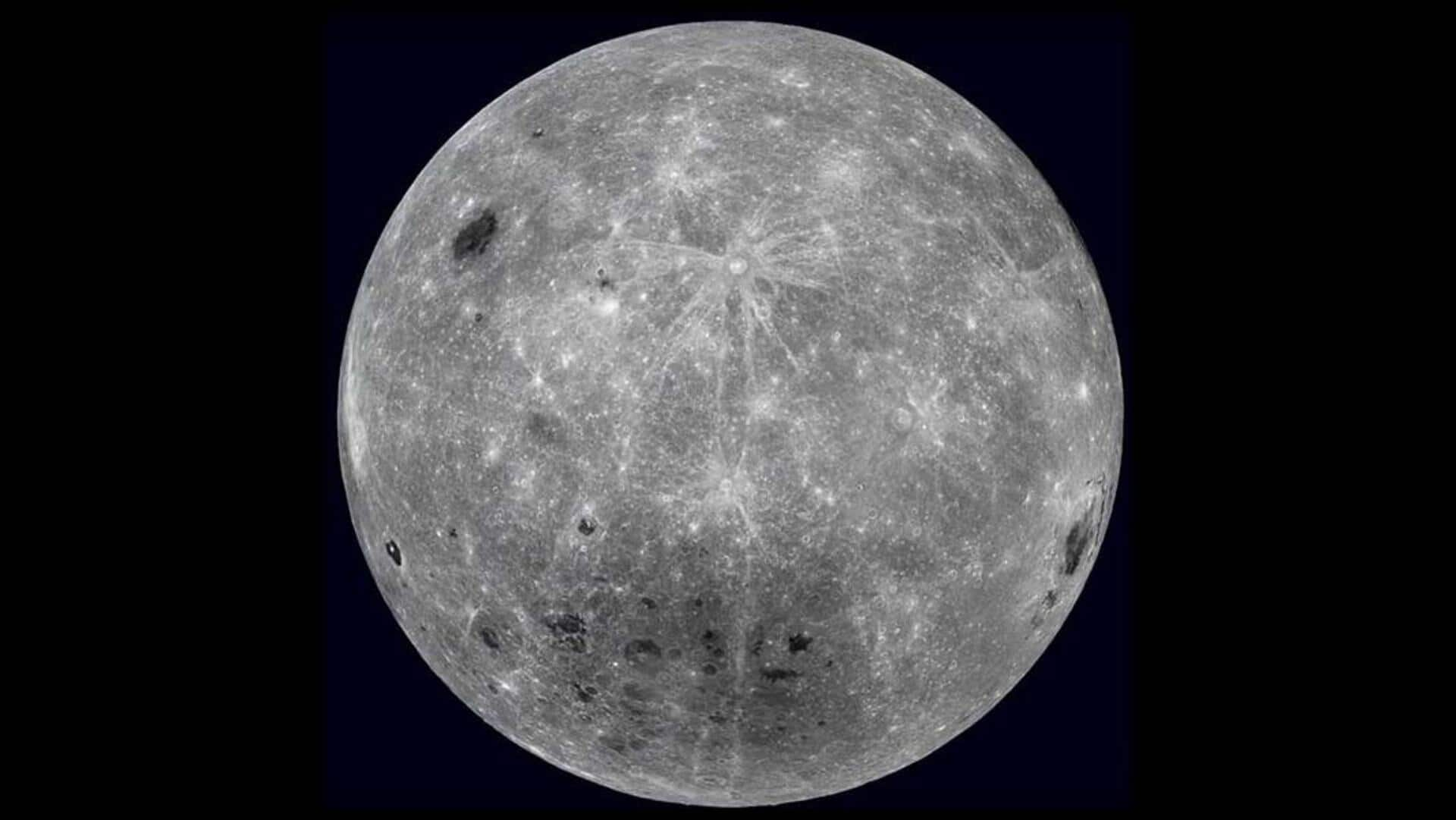
Moon may have taken longer to cool than we thought
What's the story
A recent study from the University of Florida has challenged existing theories about the cooling process of the Moon. The research, published in Science Advances, suggests that lava on the far side of our natural satellite cooled much later than previously believed. The findings are based on an analysis of basalt samples collected by China's Chang'e 5 mission—the first-ever samples from this region and the youngest ones ever collected during any lunar mission.
Research findings
Findings challenge earlier theories about Moon's cooling
The study, led by Stephen Elardo, an assistant professor of geology at the UF College of Liberal Arts and Sciences, used radioactive dating to model how long the Moon's upper mantle stayed hot. The research found that an enrichment of radioactive elements would have kept this region hundreds of degrees hotter than expected even two billion years ago. This finding contradicts earlier theories about the Moon's cooling process and formation timeline.
Elemental discovery
How the team estimated when the samples cooled into basalt
To estimate when such samples cooled into basalt, Elardo's team analyzed their chemical composition. They found elements like potassium, thorium, uranium, and phosphorus—known to generate heat in high concentrations. These findings support the idea that large amounts of these elements could keep magma molten near the Moon's surface, slowing its cooling process over time.
Cooling debate
New findings challenge earlier consensus
The new findings contradict the earlier theory that the surface temperature was too low to support molten magma at that time. It also challenges the hypothesis about how our Moon cooled. The previous consensus was that the Moon cooled from top to bottom, with surface-level magma solidifying first as heat escaped into space. However, these new results indicate there were still pockets of surface-level magma even late in this process.
Mantle insights
Study could lead to more research in lunar geodynamics
Elardo emphasized that lunar magmatism, or the record of volcanic activity on the Moon, provides a direct window into its mantle composition. He said, "We don't have any direct samples of the Moon's mantle like we do for Earth." This study could pave the way for more research in lunar geodynamics—an area that utilizes complex computer simulations to model how planetary interiors move, flow and cool over time.